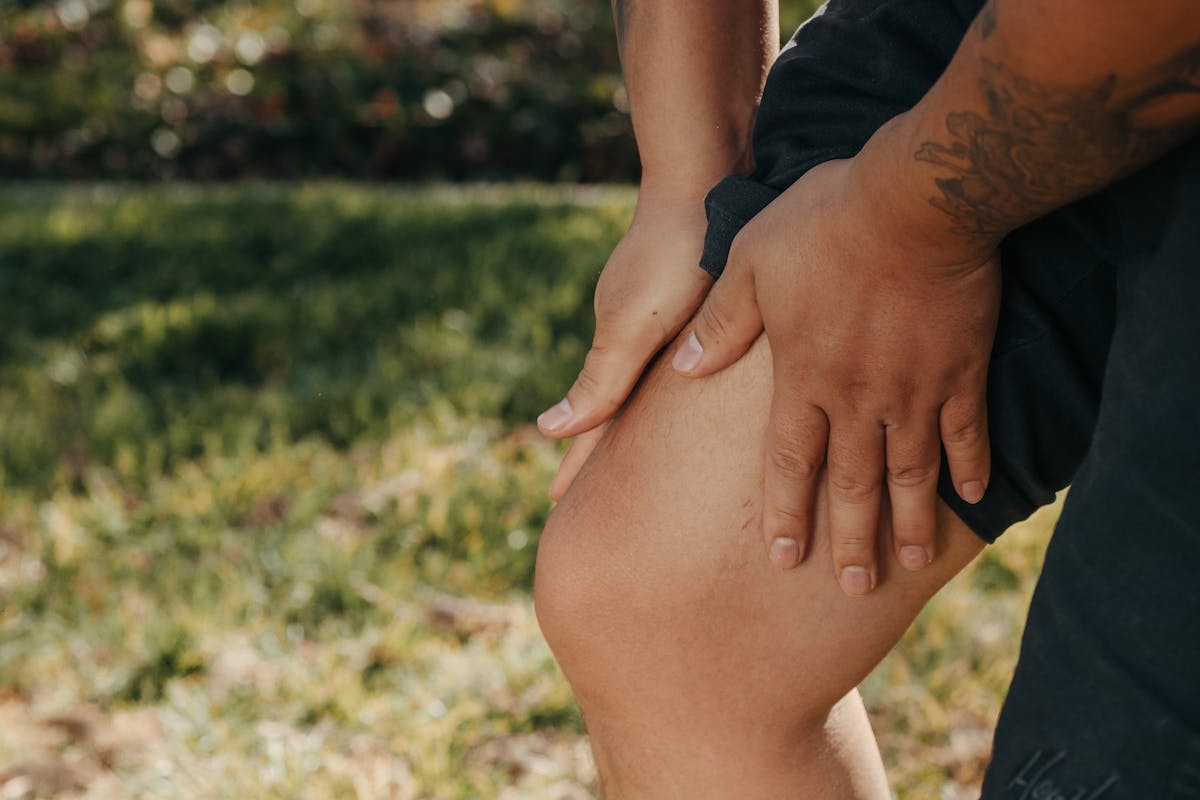
Knee Cartilage Damage – How to Recognize That Something Is Wrong?
Nearly 60% of people have knee cartilage damage without any symptoms, which is usually discovered by accident.
The knee is the largest joint in the human body. It consists of the articular ends of the femur and tibia, which are covered with cartilage, articular bodies – menisci, ligaments, joint capsules, and surrounding muscles and tendons.
It is often exposed to injuries, both in athletes and recreational individuals, as well as in traffic accidents and various falls.
As a result of repeated minor injuries or injuries to the meniscus and/or cruciate ligaments of the knee, cartilage damage may occur over time, and in older people, it may even lead to the complete loss of cartilage. This can cause varying degrees of pain and knee deformity.
What Is Articular Cartilage?
It is a specially structured cartilage, called hyaline cartilage. Healthy cartilage is:
- shiny, whitish, smooth, elastic,
- allows smooth joint movements,
- acts as a shock absorber during walking, running, and jumping.
Like a sponge, it retains joint fluid, which is squeezed into the joint space during activity and enables smooth joint movement.
The knee essentially consists of two joints. One is between the femur and patella (patellofemoral joint), and the other is between the femur and tibia (tibiofemoral joint).
How to Know If Your Knee Cartilage Is Damaged?
Studies show that nearly 60% of people have knee cartilage damage without any symptoms, which is often discovered accidentally during an MRI performed for another reason. Major contributing factors to cartilage damage include:
- genetic factors,
- living and working conditions,
- injuries,
- inflammatory joint diseases.
"Once damaged, cartilage begins to deteriorate irreversibly. It is a slow and long-lasting process and can remain unnoticed for a long time," says orthopedic surgeon Dr. Vaso Kecojević for Stetoskop.
First signs that may indicate cartilage problems are:
- pain during movement,
- morning stiffness,
- audible sensations like clicking, creaking, scraping,
- difficulty straightening the knee after prolonged driving or sitting,
- trouble climbing stairs,
- difficulty squatting,
- joint effusion (swelling).
In later, untreated stages, knee deformity may occur, in the form of O- or X-shaped legs.
"Your orthopedist may suggest additional tests after the examination, such as X-rays or knee MRI," explains Dr. Kecojević.
How Does Knee Cartilage Deteriorate – Stages?
Knee cartilage deterioration happens gradually. In the first stage, softening occurs; in the second, cracks appear on the smooth surface; in the third, the cartilage thins; and in the fourth, full-thickness cartilage defects expose the underlying bone. This may be accompanied by:
- severe pain,
- joint effusion,
- limited movement.
"If your doctor diagnoses cartilage damage, treatment depends on the stage of deterioration," emphasizes Dr. Kecojević.
How Is Damaged Knee Cartilage Treated?
Treatment usually starts with pain-relief medications, such as:
- nonsteroidal anti-inflammatory drugs (NSAIDs),
- chondroprotectors – drugs that block the enzymes responsible for pain, retain fluid in the cartilage and microscopic collagen fibers, and inhibit cartilage-degrading enzymes,
- various physical therapy procedures,
- injections into the knee containing structural substances (like hyaluronic acid).
"Excellent results in the first three stages have been shown by treatment with autologous conditioned blood plasma – Orthokine," highlights Dr. Kecojević.
Surgical techniques also exist for filling cartilage defects using grafts from o





